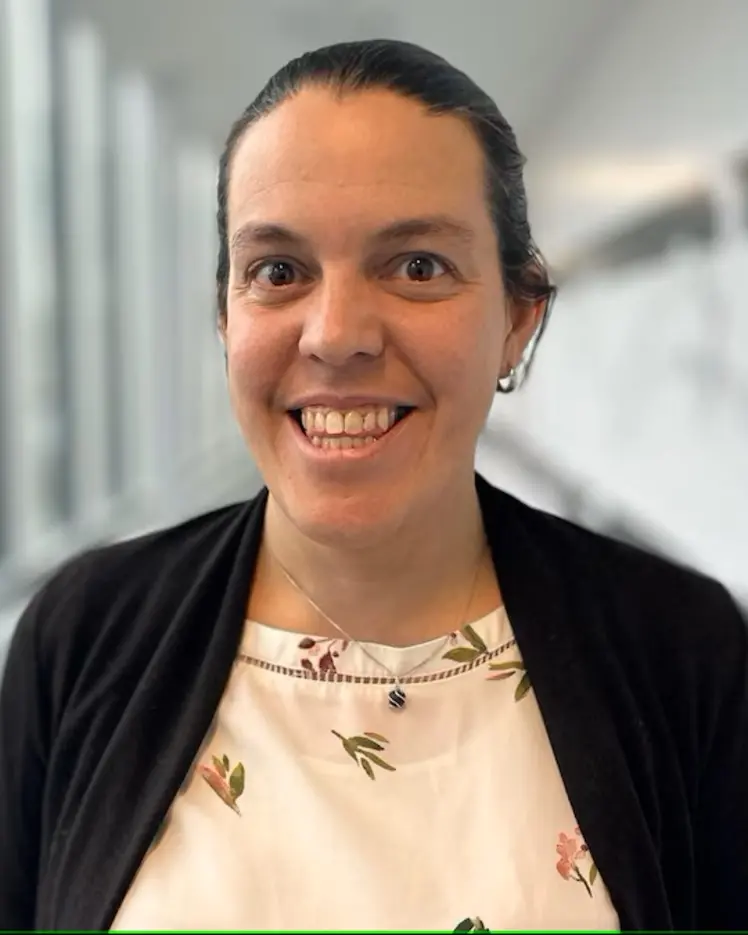
Flavie Lavoie-Cardinal
Biographie
La Dre Lavoie-Cardinal est professeure agrégée au Département de psychiatrie et de neurosciences de l’Université Laval, à Québec, ainsi que titulaire d’une Chaire de recherche du Canada (niveau 2) du CRSNG en nanoscopie intelligente de la plasticité cellulaire. Elle est également chercheuse principale au Centre de recherche CERVO et responsable de l’axe Santé et sciences de la vie à l’Institut intelligence et données (IID) de Québec. Elle est corésponsable de l’axe Perception et contrôle du regroupement stratégique Neuro-IA UNIQUE, ainsi que l’une des corésponsables du regroupement Neuro-IA 1 à l’IVADO.
Elle a obtenu son doctorat en chimie en 2011, suivi de deux stages postdoctoraux, dont l’un dans le groupe du Pr Dr Dr Stefan Hell (lauréat du prix Nobel de chimie 2014), portant sur le développement de techniques de microscopie à super-résolution.
Elle dirige actuellement un groupe de recherche composé de 14 étudiants aux cycles supérieurs et au premier cycle, travaillant à l’interface de la microscopie optique, des neurosciences et de l’intelligence artificielle (IA). Son programme de recherche transdisciplinaire vise à développer de nouvelles stratégies de bio-imagerie assistées par l’IA pour révéler la signature moléculaire de la plasticité synaptique altérée, menant à la neurodégénérescence ou aux troubles cognitifs.


